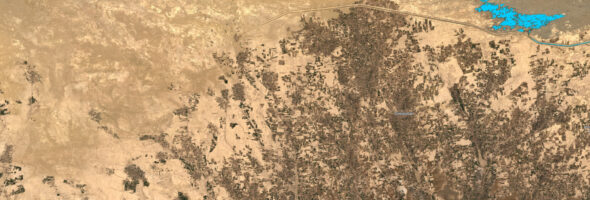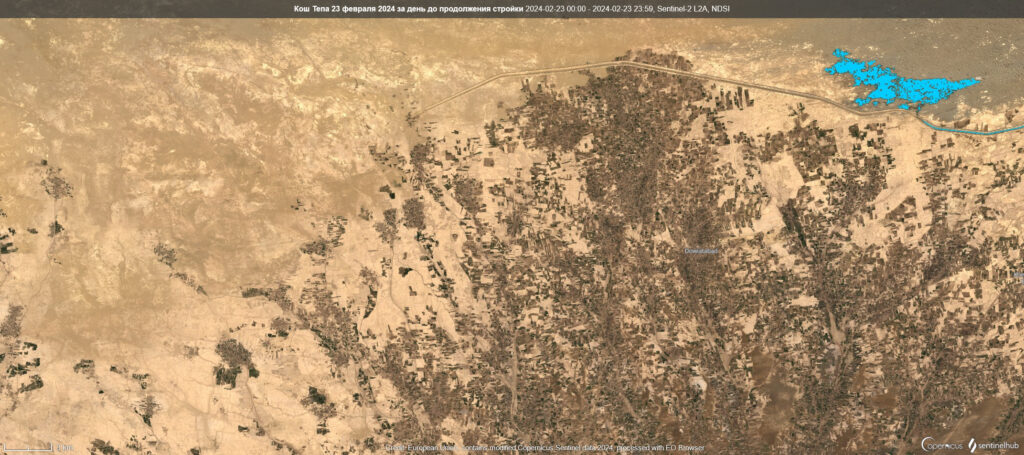
Recent satellite images analyzed by specialists from the international environmental coalition “Rivers without Boundaries” have confirmed the resumption of construction work on the Qosh Tepa canal, a project initiated by the Taliban in northern Afghanistan. This development, coupled with the potential impact on water resources in the region, raises concerns about widespread water shortages across Central Asia.
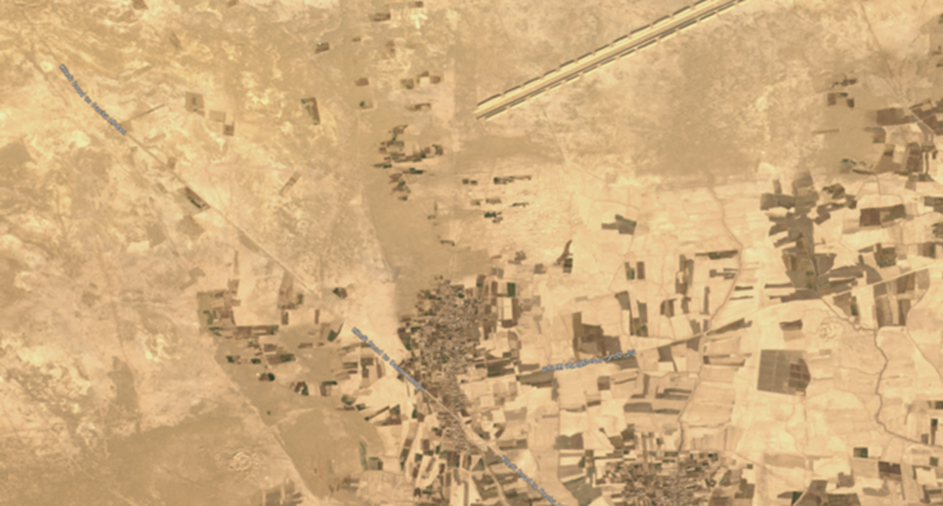
Photo: Sentinel-2 satellite picture for December 30, 2023-winter lull in the construction of the Qosh-Tepa canal Source: Planet. Sentinel Imagery
The European Sentinel-2 satellite captured the latest images showing the advancement of the canal’s construction. Over the past month, the visible route of the canal has extended by 30 kilometers, reaching the next inland river delta. With the first stage of the canal already completed at a length of 108 kilometers, the Qosh Tepa project is now halfway towards its intended 285-kilometer length.
Alexander Kolotov, regional director of the Rivers Without Boundaries coalition, expressed apprehension.
“There is no reason to think that the Taliban will suddenly stop halfway and refuse to complete the construction of a half-finished canal,” Alexander Kolotov noted.
He emphasized the urgent need for Afghanistan to be included in agreements on water intake quotas among Central Asian countries to avoid potential chaos in the region.
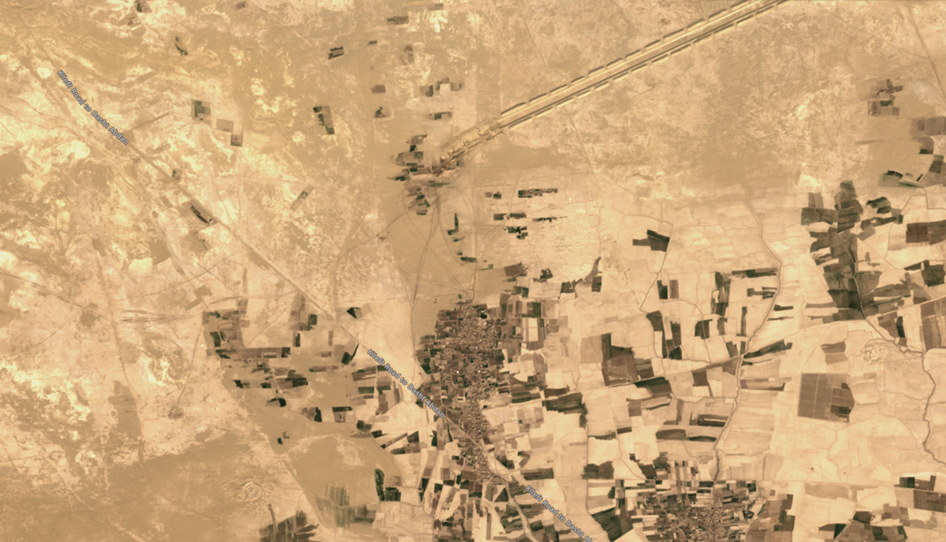
Photo: Sentinel-2 satellite picture for February 23, 2024-resumption of the construction of the Qosh-Tepa canal. Source: Planet. Sentinel Imagery
The second stage of the project aims to add another 177 kilometers to the canal, followed by the construction of auxiliary canals to irrigate 550,000 hectares of land in the third stage. Environmentalists warn that upon completion, the Qosh Tepa Canal could divert approximately 20% of the water flow from the Amu Darya River for agricultural purposes in Afghanistan. This diversion, coupled with the upstream construction of the Rogun hydroelectric station in Tajikistan, could exacerbate summer low water levels in the Amu Darya, affecting the entire basin.
Eugene Simonov, international coordinator of Rivers Without Boundaries, highlighted the importance of the project’s completion.
“This will be a real blow to the water supply of all countries in the Amu Darya basin,” Eugene Simonov shared.
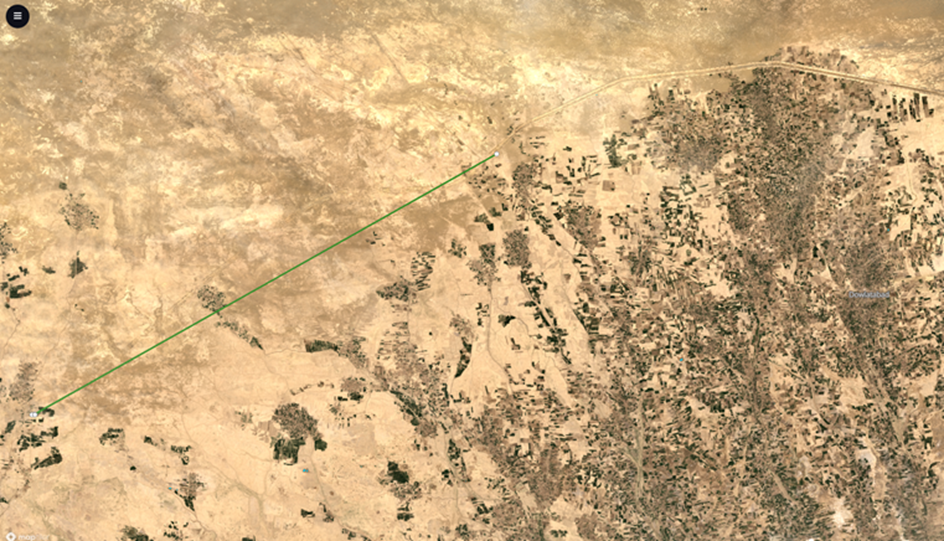
Photo: Sentinel-2 satellite for March 24, 2024 the Qosh-Tepa canal increased by 30 km (but with jumpers between sections) and reached the next internal delta.
Satellite imagery from previous months also revealed a significant water spill stretching nine kilometers at the 75th kilometer of the canal, indicating potential inefficiencies or flaws in the construction process.
The Rivers without Boundaries coalition, an international network of non-governmental organizations and experts, has been dedicated to protecting transboundary rivers and advocating for sustainable river basin management since its formation in 2009. In response to the Qosh Tepa canal project, the coalition continues to monitor developments and raise awareness about the potential environmental and socio-economic impacts on the region.
Concerns have also been raised about the worsening water crisis in Central Asia due to the construction of new dams, prompting Rivers Without Boundaries to issue a dire warning about potential ecological consequences if development continues unchecked. Environmentalists caution that if all proposed dam projects and irrigation channels proceed, Central Asia could face a water-ecological crisis within the next few decades.
Key projects like the Kambaratinsky hydroelectric station reservoirs and the Naryn River cascades in Kyrgyzstan are expected to exacerbate water drainage, disrupting natural ecosystems and water management practices. Of particular concern are plans for hydroelectric power stations within the Besh-Aral reserve in Kyrgyzstan, which threaten to disrupt the delicate ecosystem of the Chatkal River, a UNESCO-designated site in the “Western Tien-Shan” region.
Moreover, the unchecked development of numerous small-scale hydroelectric power stations across Uzbekistan, Kazakhstan, and Kyrgyzstan contributes to the fragmentation and depletion of river systems, disrupting natural hydrological cycles.


